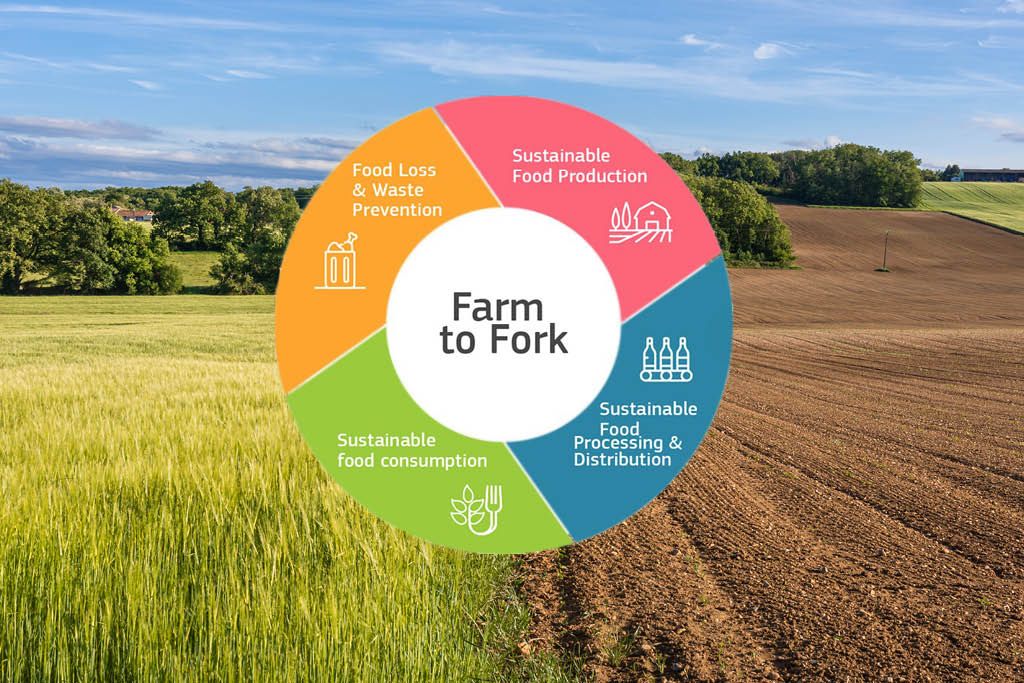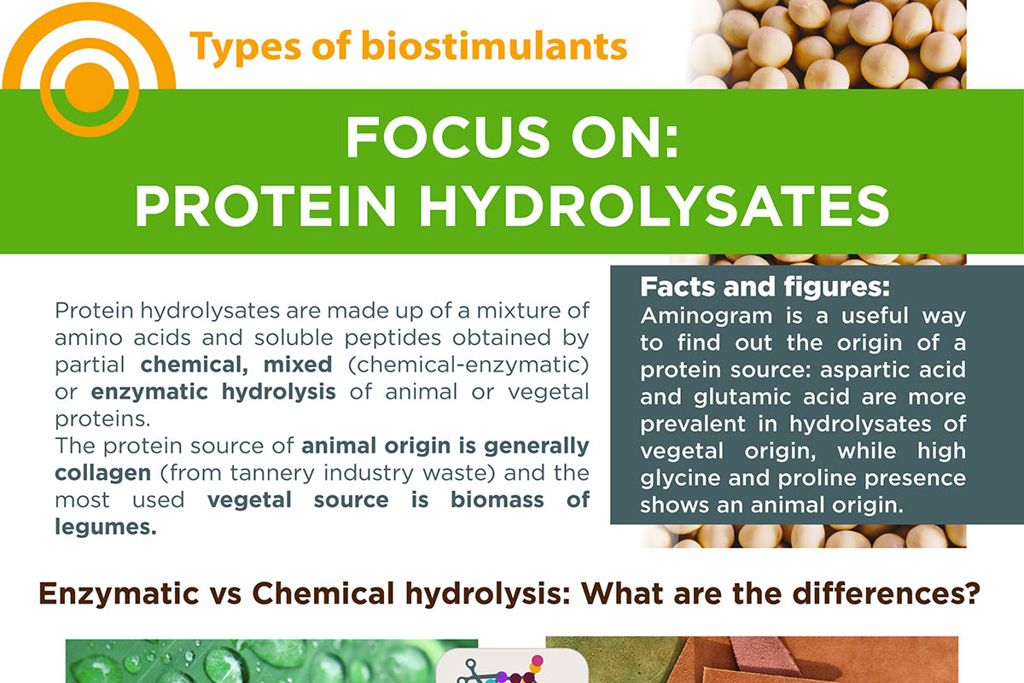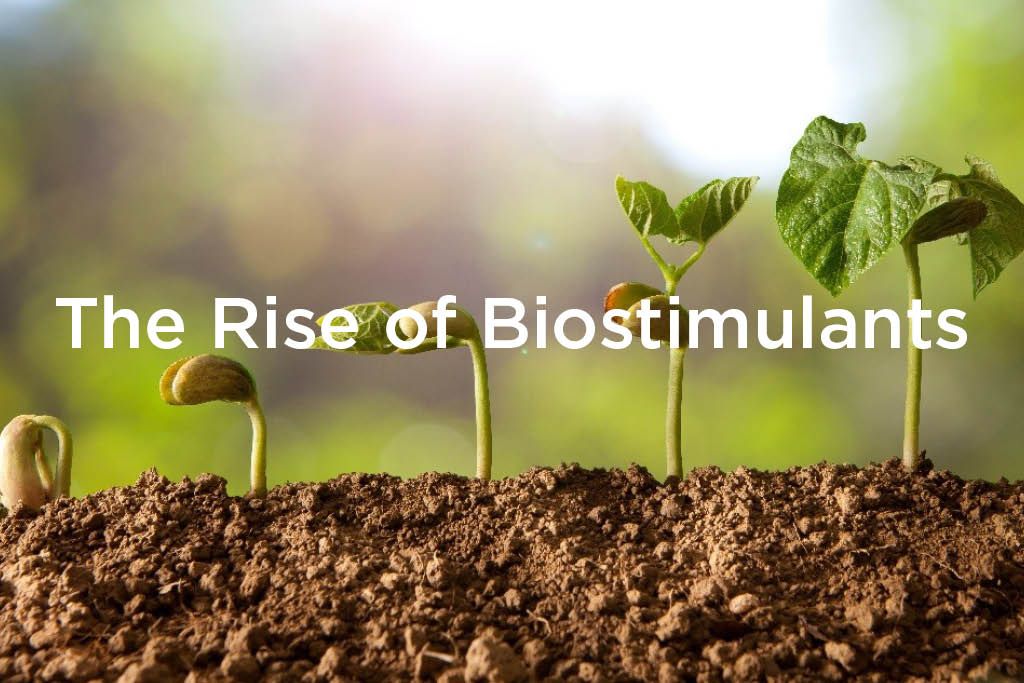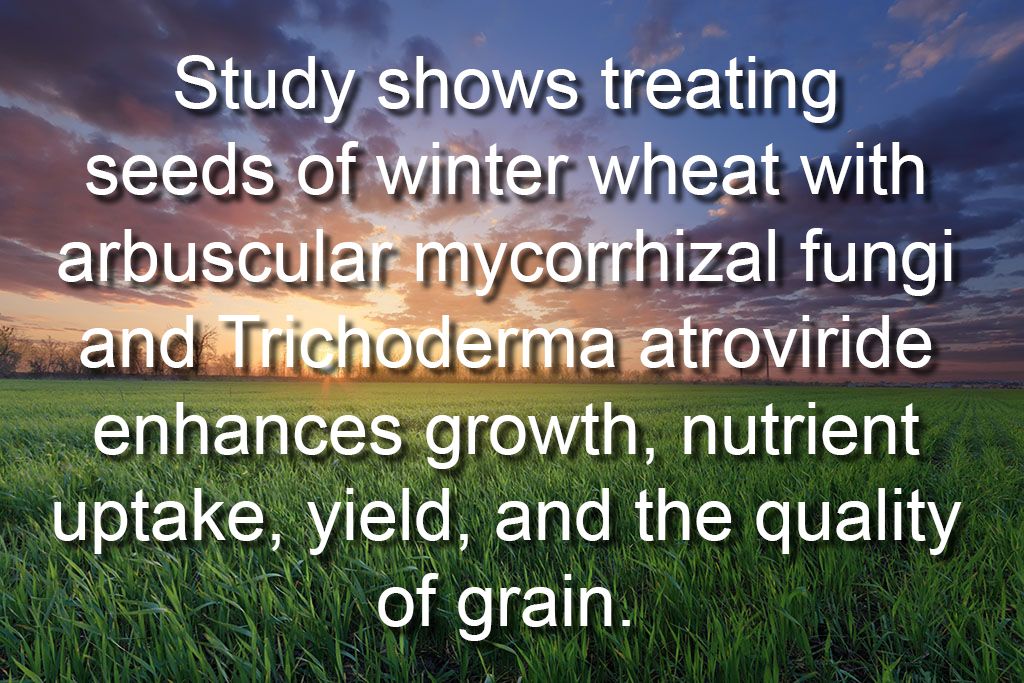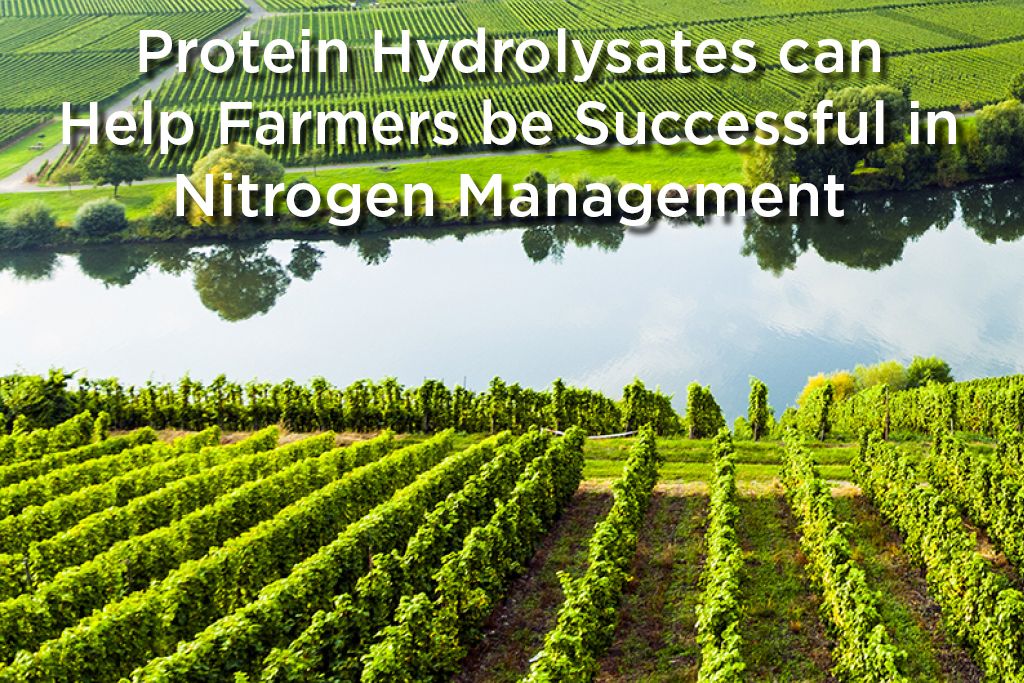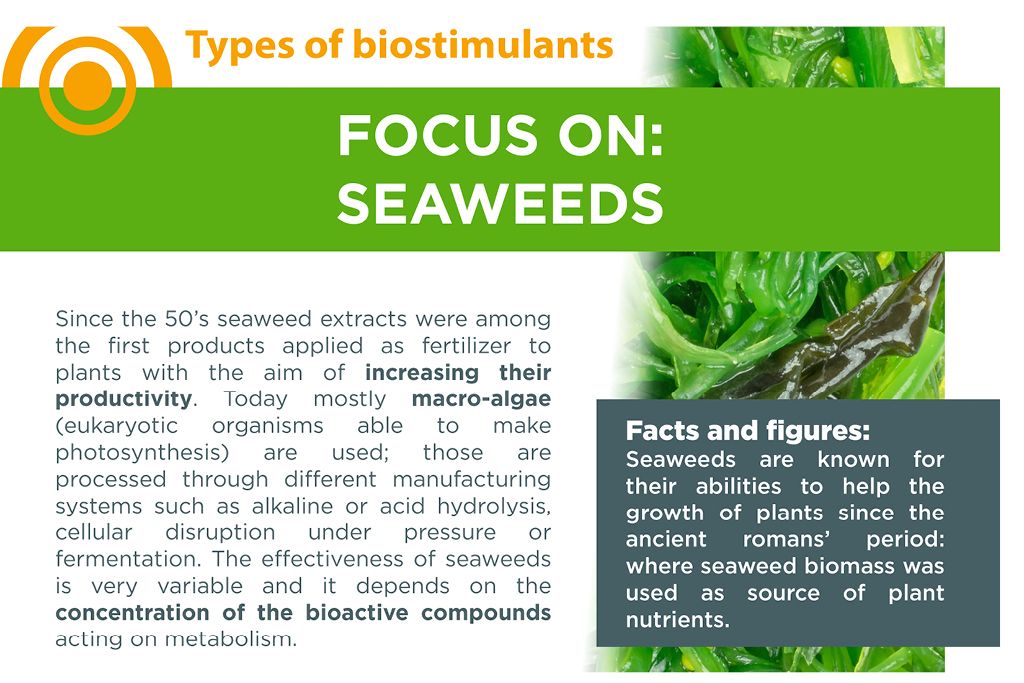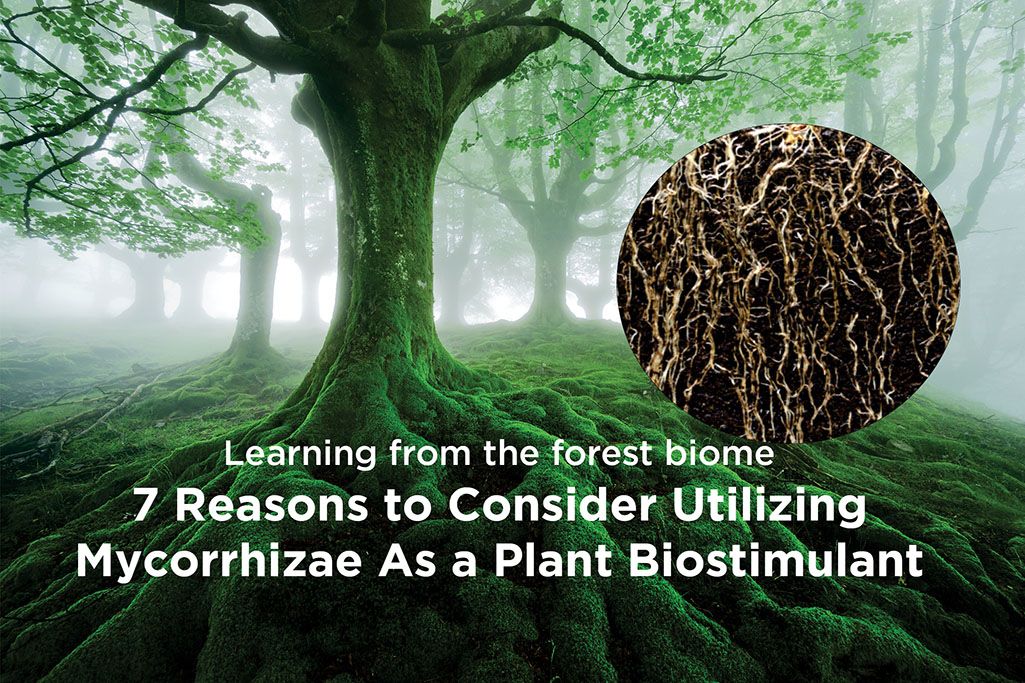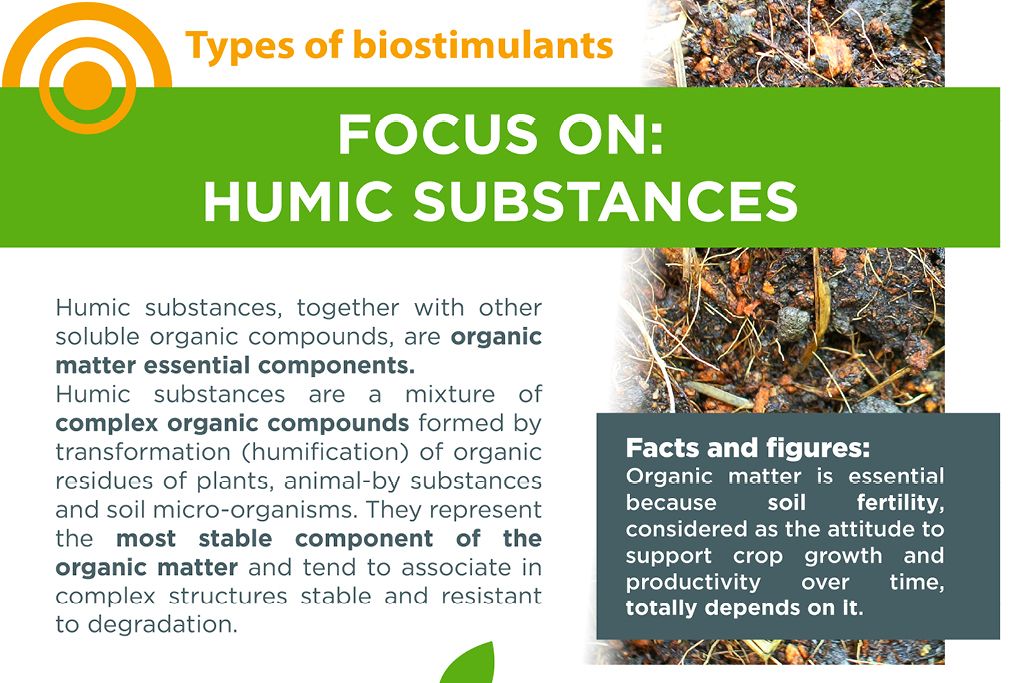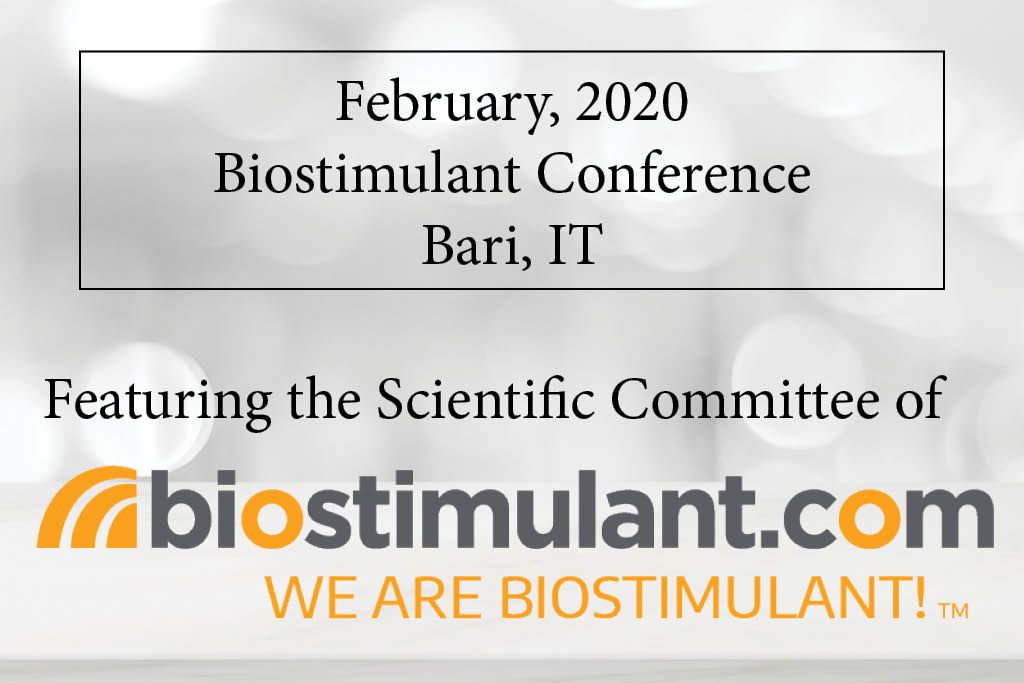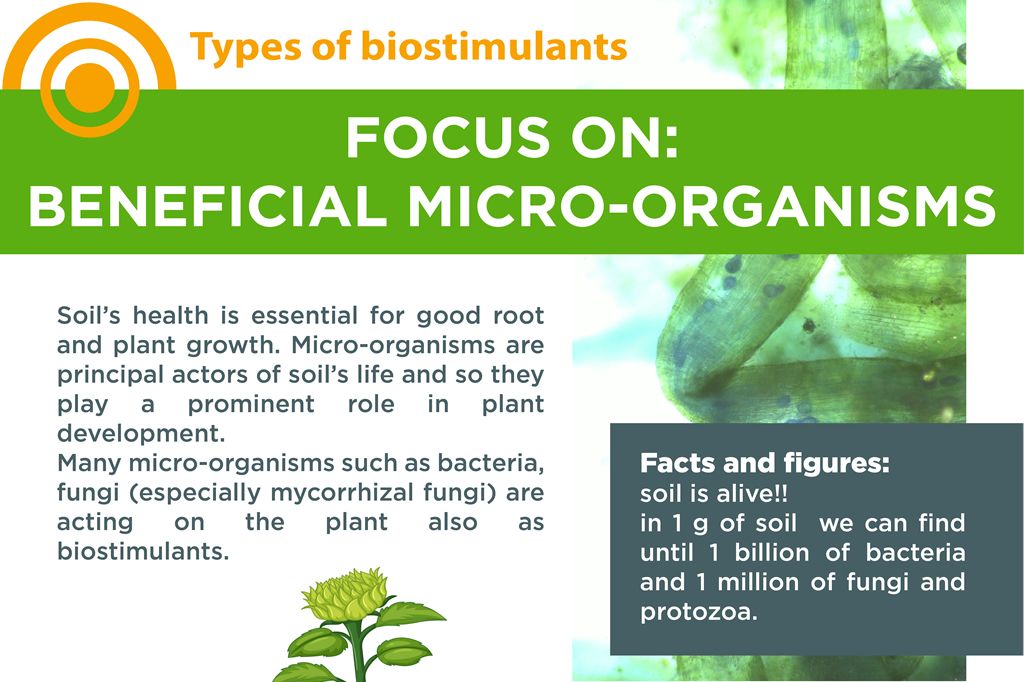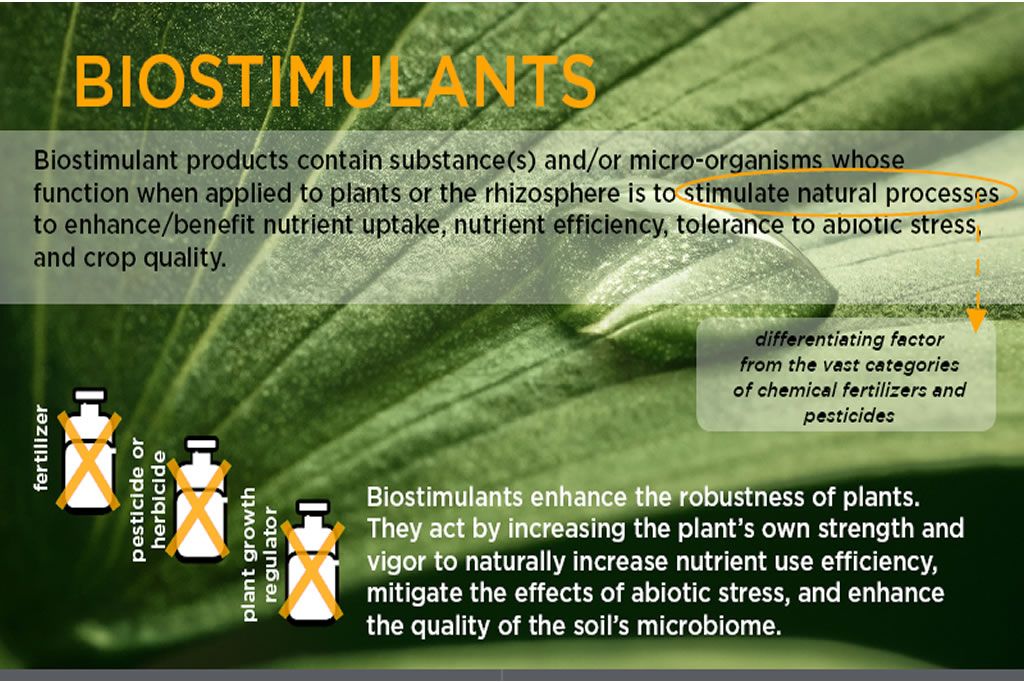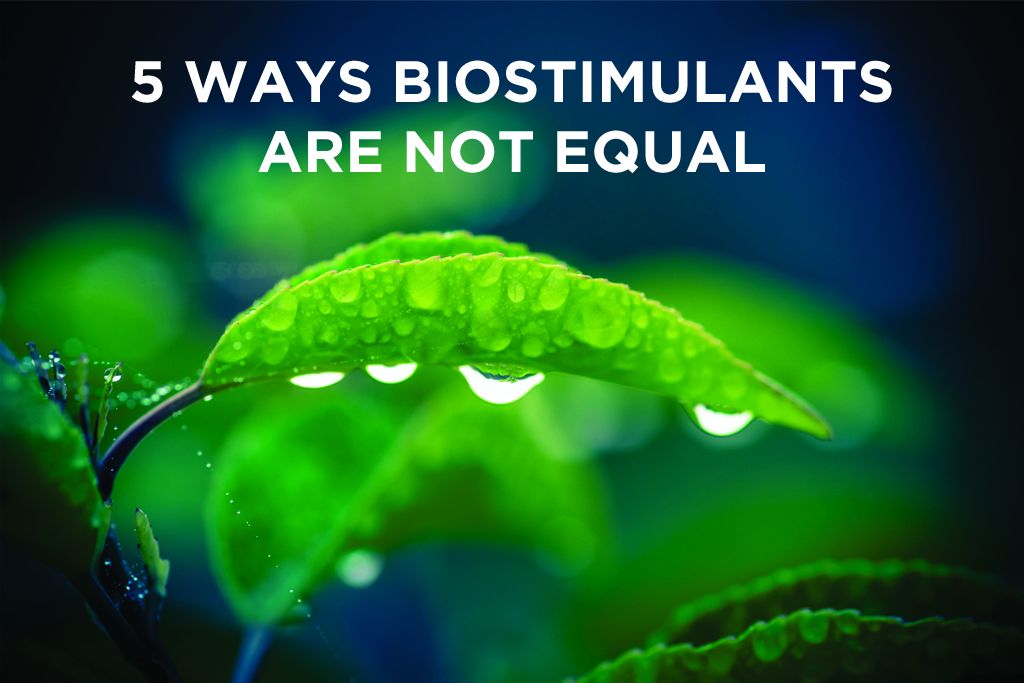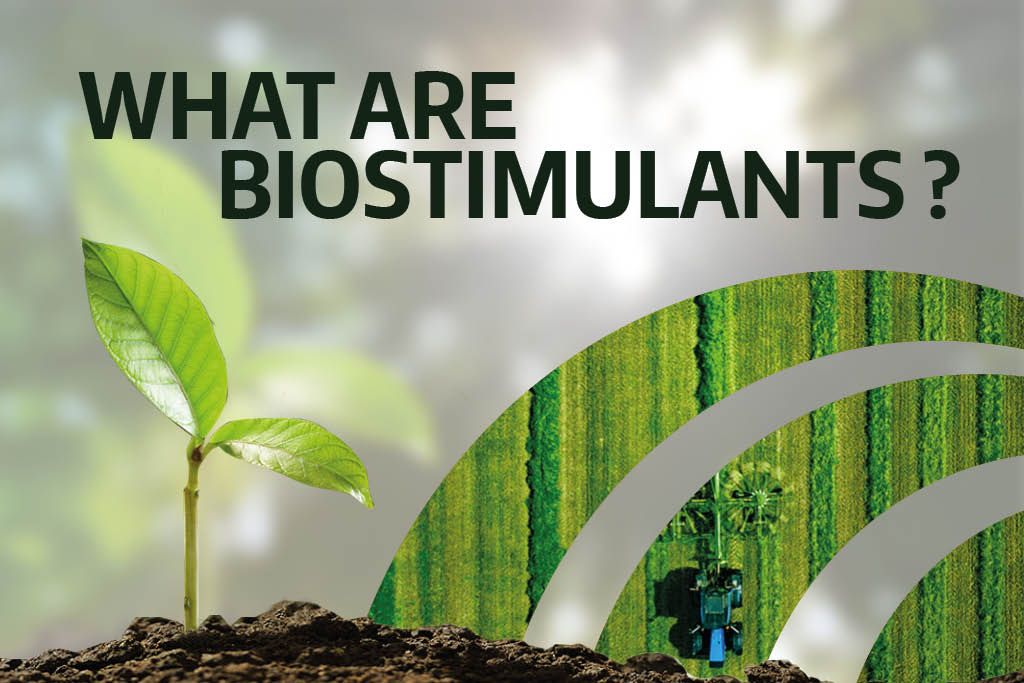BLOG #34
FARM TO FORK EUROPE CONFERENCE EXPLORES PLANT BIOSTIMULANTS IN THE GLOBAL CONTEXT
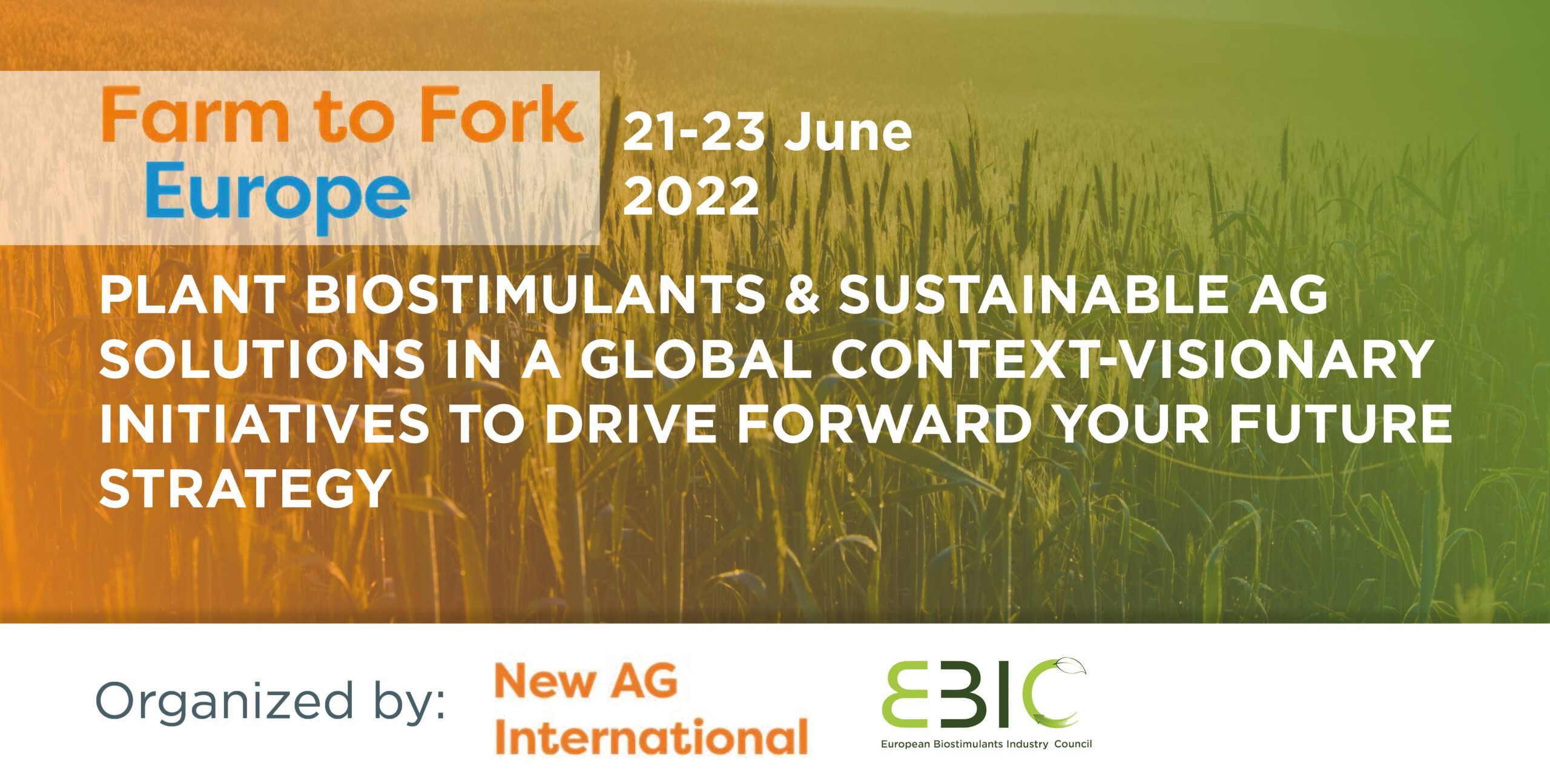
Today, more than ever, the agri-food market is at the center of a unique combination of economic, environmental, social and regulatory perspectives. From the difficult geopolitical context to climate change, from new technologies to the search for sustainability.
In this scenario, the second edition of the Farm to Fork Europe Conference was held from June 21st to 23rd, organized by EBIC (European Biostimulant Industry Council) and New AG International. It was a hybrid event: online and live in person from Athens, in Greece.
The topic of the conference was “Plant biostimulants & sustainable ag solutions in the global context – visionary initiatives to drive forward your future strategy”. Institution representatives, researchers, Senior executives in Biostimulant, BioAg and related AgTech sectors closed the gap between strategic, business-critical issues and addressed regulatory hurdles impeding market access.
The conference program was organized around four sessions themes, the first session was dedicated to Geopolitics of food and agriculture, the second covered Biostimulants, Ag-Inputs and Climate Change, the third explored Biostimulants and promoting soil health and the last session was focused on “what does food for all mean in Europe today”?
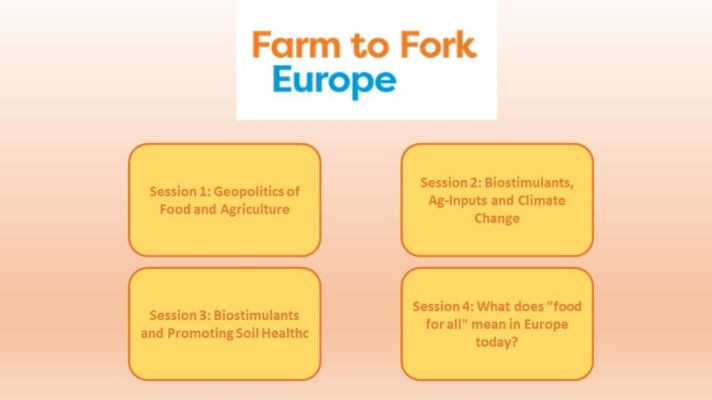
SESSION ONE: GEOPOLITICS OF FOOD AND AGRICULTURE
The conference opened by exploring an extremely topical topic, the influence of geopolitics and geo-economics on the agri-food system. Europe’s is in a two-front geo-economic war of attrition with Russia. Already on a new-war footing to counter Moscow’s westward advances in Ukraine, Europe is now pressed to prevent a famine-driven mass migration crisis coming to its southern shores from North Africa. Geopolitics/geo-economics and climate change, both of those interact with the food-water-energy nexus. As agriculture copes with producing enough healthy food to feed a growing population in this ever-changing context and with instability and conflicts, biostimulants have emerged as an essential technology to add to the toolbox.
SESSION TWO: BIOSTIMULANTS, AG-INPUTS AND CLIMATE CHANGE
Biostimulants and climate change, was the key focus of the second session of the conference. Climate change is by far the greatest threat to economic stability and prosperity going forward. This session explored how to manage climate-related goals within food production and the difficulties of achieving them without adding biostimulants to the mix. In fact, biostimulants help farmers adapt to climate volatility thanks to their capacity of improving plant tolerance to abiotic stress like extreme temperatures, drought, salinity, and so on. Farmers benefit at a time when the climate is less predictable, and they need help safeguarding yields against harsh growing conditions. Besides, biostimulants and biologicals are able not just to cope with climate change and extreme weather conditions but also mitigate them. For example, increasing biomass (above and below ground), carbon sequestration and optimizing carbon forms resistant to oxidation.
SESSION THREE: BIOSTIMULANTS AND PROMOTING SOIL HEALTH
Soil health is the basis for environmental, human, and animal health. Soil is the interface between air and water quality, it influences quality of air and water used for human, animal consumption and irrigation. Declining soil health takes several forms, including erosion, loss of organic carbon, changing pH, reduced biodiversity, nutrient mining, salinization, compaction, and contamination. According to the United Nations Convention to Combat Desertification, land degradation has reduced the productivity of 23 per cent of the global land surface. In response, the EU launched its “soil strategy for 2030” as a key deliverable of the EU biodiversity strategy (part of the European Green Deal). Biostimulants, combined with good agronomic practices, can help farmers restore and preserve soil health, fertility, and biodiversity. These solutions should be included in an overall plan for managing soils with a medium-term perspective which guarantees long term productivity.
SESSION FOUR: WHAT DOES “FOOD FOR ALL MEAN IN EUROPE TODAY”?
The last day of the conference was dedicated to the discussion of “what does food for all mean in Europe today”? The first point highlighted was that this is a wider question than that because Europe has proven to be so pivotal in the global food supply. There are such interconnections in Europe, that are incredibly important for the global food supply. And then Europe of course is also a destination for a lot of imports from many developing countries. Therefore, it’s not feasible to meet the sustainable development without transforming food systems globally.
But the main question was: “the new food crisis, how can biostimulants help?”
Fertilizers supplies are tight and fertilizers prices are at historic high, by improving nutrient use efficiency, plant biostimulants can reduce waste of applied nutrients. Greater nutrient use efficiency also translates into improved farmer ROI because more of the euros spent in fertilizer are harvested. Improved nutrition also translates into improved quality of the output which means farmers can command higher prices. By helping crops cope with heat, drought, and other harsh conditions, plant biostimulants prevent the nutrient waste that would result if a crop is ruined by bad weather. With the export of Ukrainian and Russian cereals, oilseeds, and other staple crops constrained, failed harvests from other major suppliers would have out-sized tragic consequences on a worldwide scale.
The second edition of the Farm to Fork Conference was a wonderful opportunity for reflection on the role of biostimulants in the global context and on the challenges agriculture will have to face in the coming years. The great interest and high participation confirm the growing interest for this promising product category.
The Farm to Fork Conference will be back next year!


